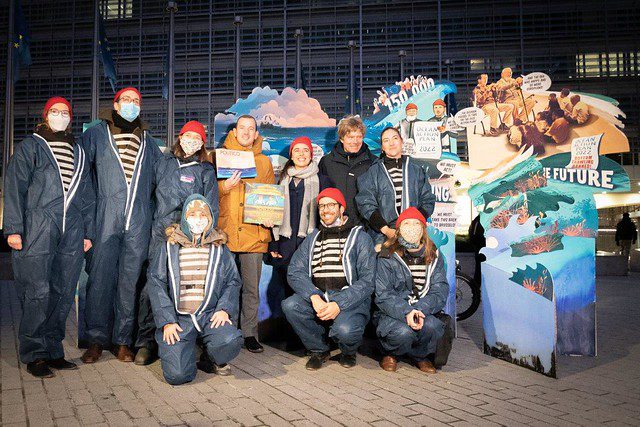Bottom Trawling
The extensive use of Bottom Trawling and dredges for commercial fishing causes more direct and avoidable damage to the ocean floor than any other human activity in the world.
Share
Overview
Thank you for your support!
#BANBOTTOMTRAWLING PETITION DELIVERED TO EUROPEAN COMMISSION
What is bottom trawling?
Bottom trawling is one of the most destructive methods to catch fish. Its extensive use for commercial fishing causes a high impact on marine ecosystems, often resulting in irreversible damage to sensitive habitats (such as maërl beds, coralligenous reefs, deep-sea coral reefs, gorgonian gardens and sponge grounds). Among the fish that are discarded by the bottom trawlers are often juveniles of valuable species, but also species with low or non-commercial interest, which are nevertheless important for the ecosystem equilibrium.
Bottom trawls are so destructive and unselective because they effectively clear-cut everything living on the seafloor. Trawls use large, heavy nets dragging across large areas of seafloor to catch fish that live on or near the ocean floor. Fishers use trawls to catch demersal species such as shrimp, hake, mullet, anglerfish, octopus.
Bottom trawling has also seriously damaged fragile ecosystems like cold-water corals. Once coral and sponge communities are destroyed, commercial fish and other species dependent on them for spawning, shelter, nurseries, protection, and food, may also disappear. In addition, overfished species may need corals as an appropriate habitat for recovery.
Read about our past campaigns here.
Campaigns


